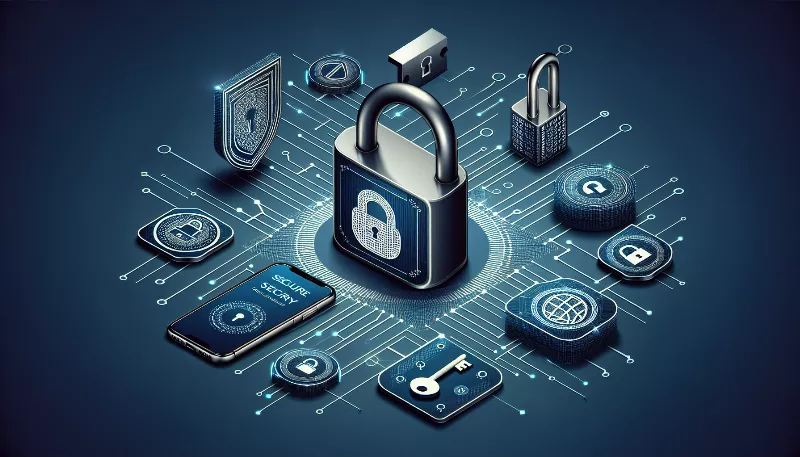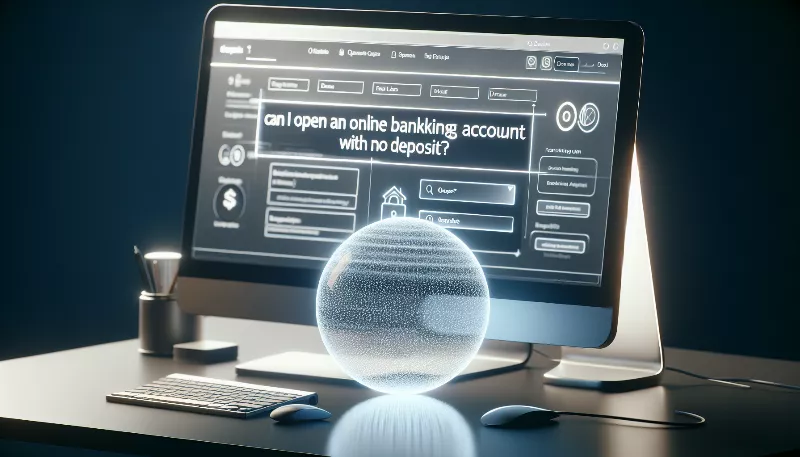What are the most essential security features to look for in an online banking platform?
Discover key online banking security must-haves. Protect your finances with top-notch encryption, multi-factor authentication, and more!

Introduction to Online Banking Security
As we embrace the digital age with open arms, the convenience of online banking has become a staple in our daily lives. However, with great convenience comes great responsibility – particularly when it comes to security. Ensuring that your financial information is safe while banking online is paramount. Let's dive into the most essential security features that you should look for in an online banking platform to keep your money and personal information secure.
Robust Encryption Protocols
First and foremost, encryption is the bedrock of online security. A secure online banking platform will employ strong encryption protocols such as SSL (Secure Socket Layer) or TLS (Transport Layer Security). These technologies create a protected connection between your browser and the bank's server, making it incredibly difficult for cybercriminals to intercept and decipher your sensitive data. Always check for the 'https://' prefix and the padlock symbol in your browser's address bar before entering any personal information.
Two-Factor Authentication (2FA)
Two-factor authentication adds an extra layer of security beyond just a username and password. With 2FA, you'll need to provide two different types of information to access your account. This could be something you know (like a password or PIN), something you have (such as a mobile device or a token), or something you are (like a fingerprint or facial recognition). This feature significantly reduces the risk of unauthorized access, even if your password is compromised.
Account Monitoring and Alerts
Stay informed and in control with real-time alerts and monitoring services. Many online banking platforms offer customizable notifications for various activities, such as large transactions, foreign logins, or changes to your personal information. These alerts can be sent via email, text message, or through the bank's mobile app, allowing you to quickly detect and respond to any suspicious activity on your account.
Automatic Logouts
Automatic logout is a simple yet effective security measure. If you're inactive for a certain period, the banking platform should automatically sign you out. This feature protects your account from being accessed by others if you forget to log out, especially when using a public or shared computer.
Anti-Malware and Anti-Phishing Protection
Good online banking platforms will have built-in measures to protect against malware and phishing attacks. These can include anti-phishing toolbars, which detect fraudulent websites, and regular security scans to identify and neutralize malware threats. Additionally, banks often provide educational resources to help customers recognize and avoid phishing scams.
Secure Mobile Banking Apps
With the rise of mobile banking, it's crucial that the bank's app is as secure as its website. Look for apps that offer the same level of encryption, 2FA, and other security features. Moreover, reputable banking apps are regularly updated to patch any vulnerabilities and enhance security measures.
Conclusion: The Pillars of Secure Online Banking
In conclusion, while the digital world offers unmatched convenience for managing our finances, it also demands vigilance in terms of security. When choosing an online banking platform, prioritize those that offer robust encryption, two-factor authentication, real-time alerts, automatic logouts, anti-malware/phishing defenses, and secure mobile applications. By ensuring these key features are in place, you can bank online with confidence, knowing that your financial well-being is safeguarded.









